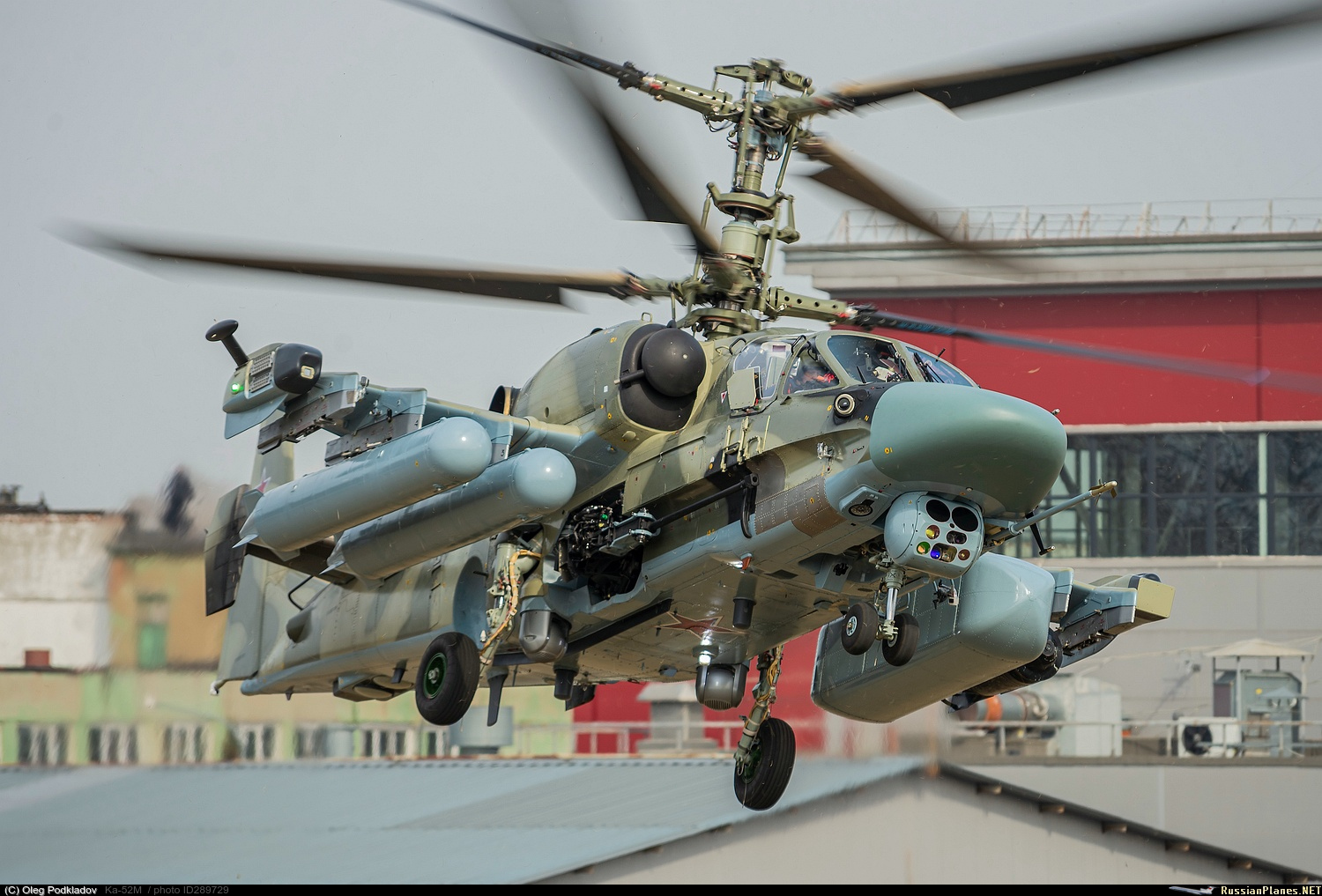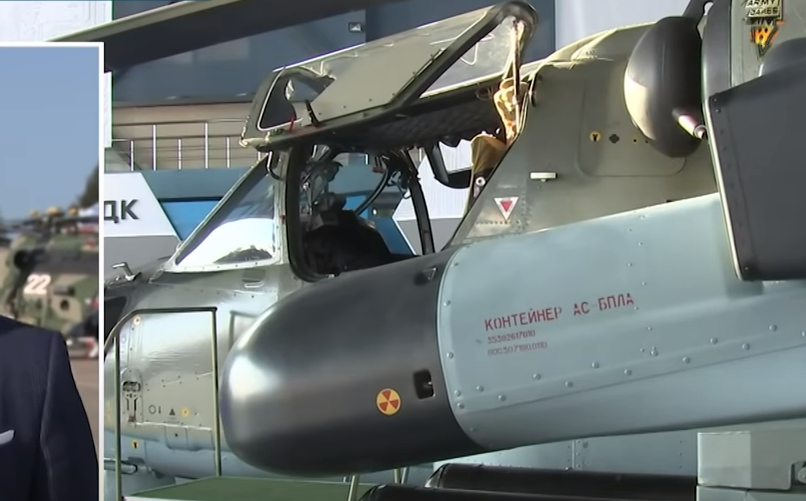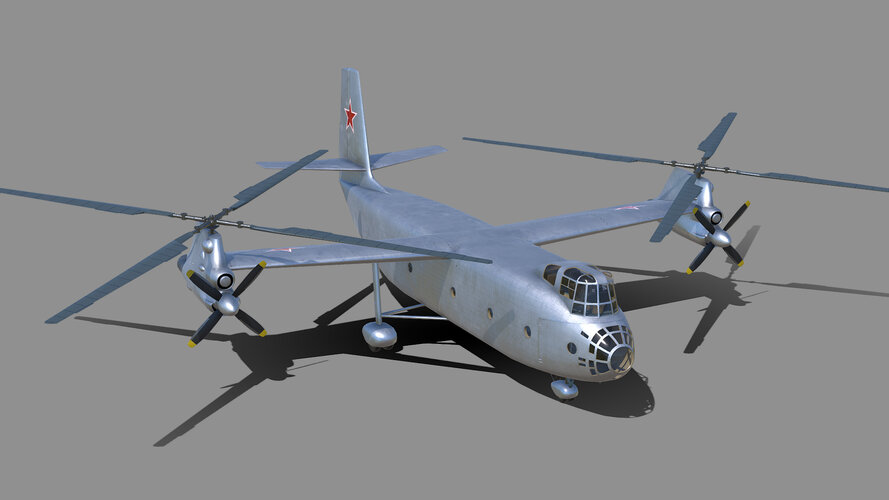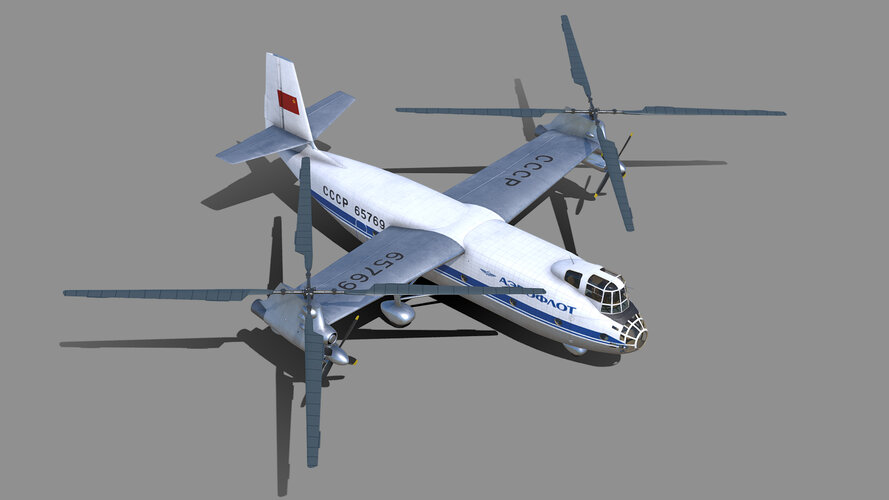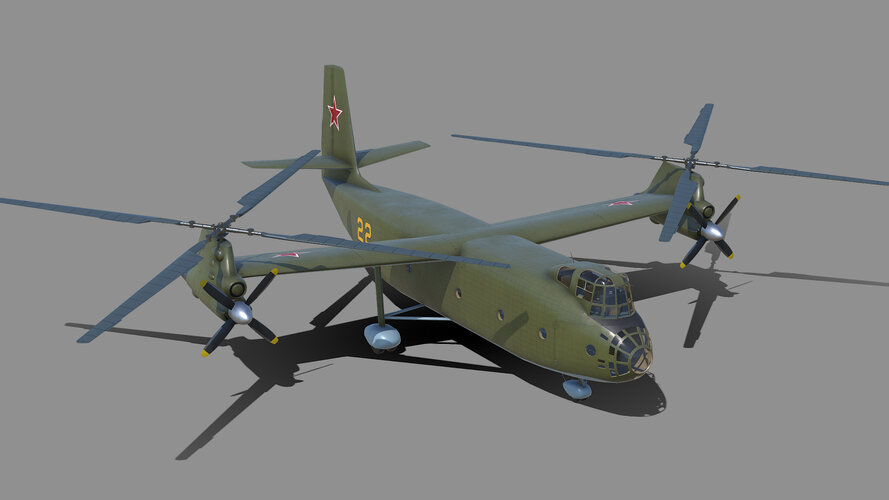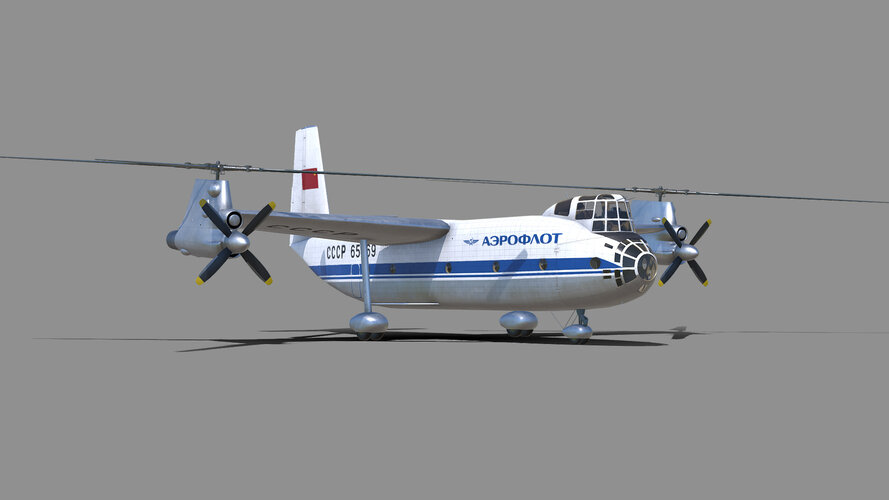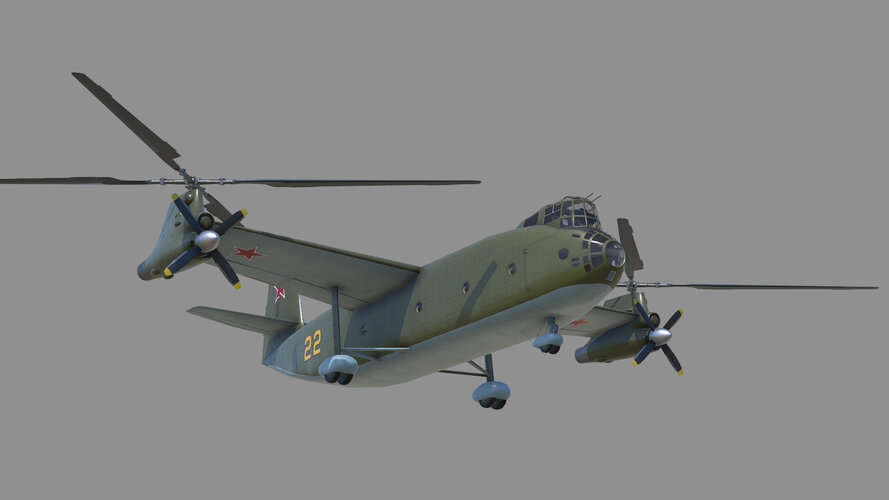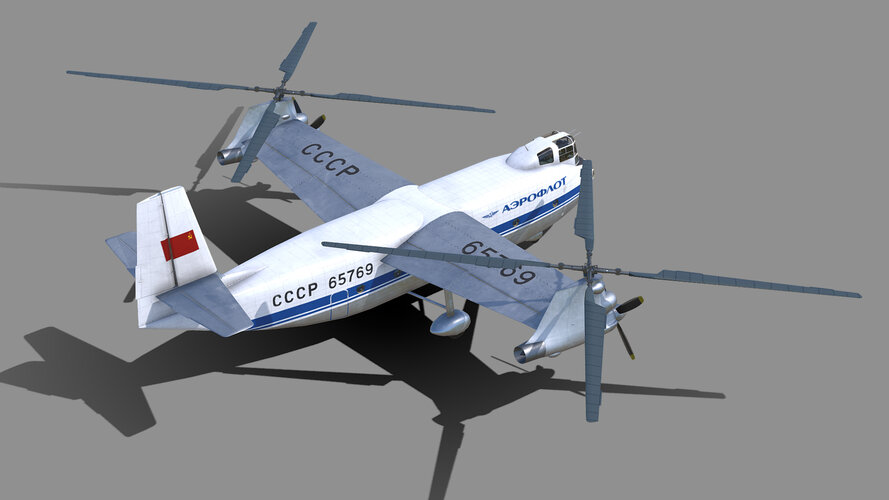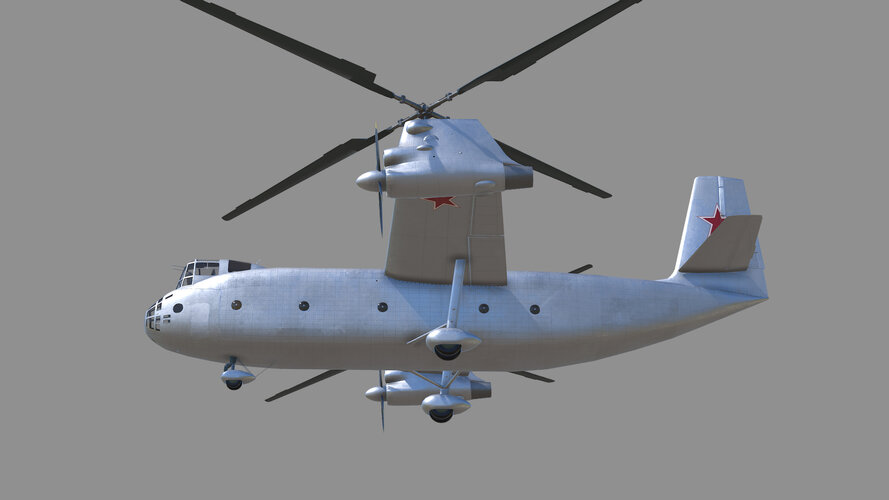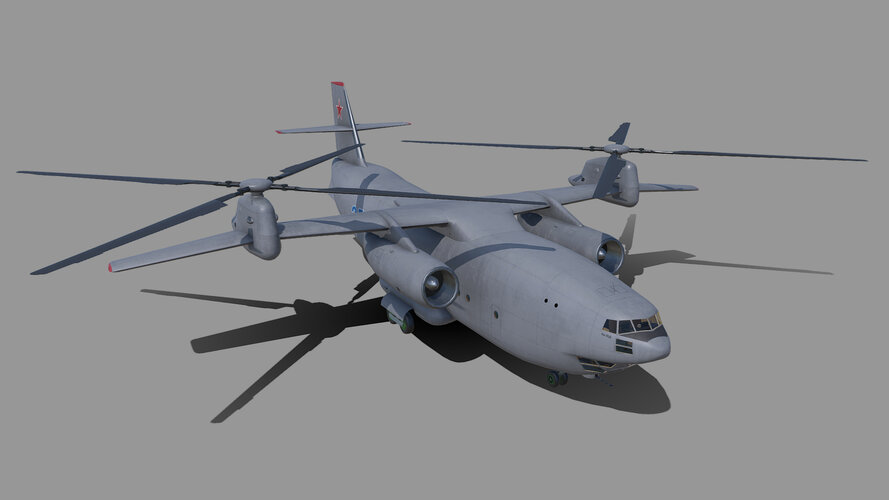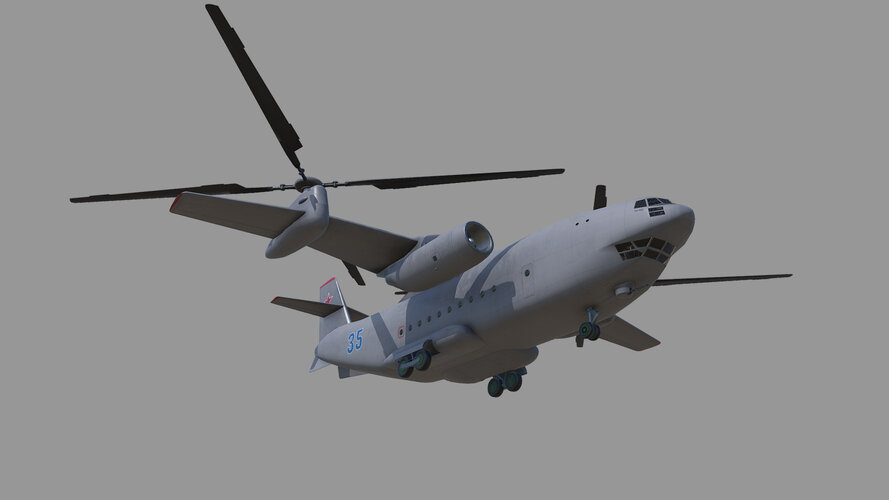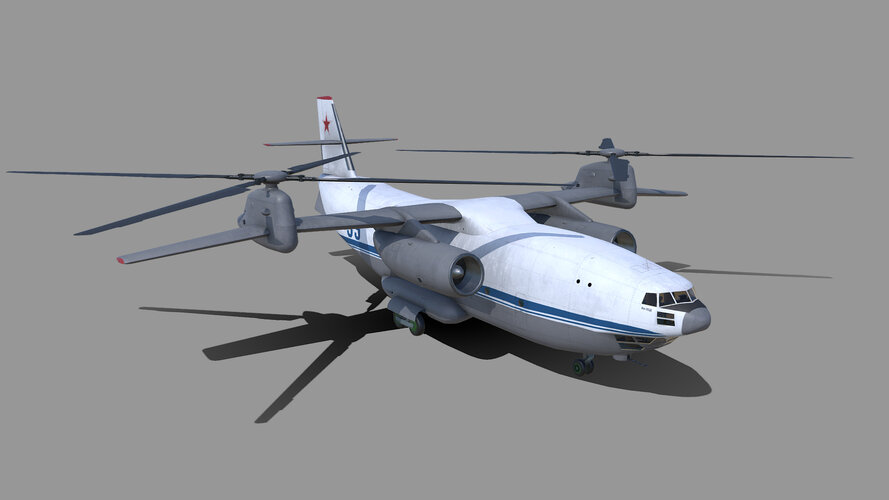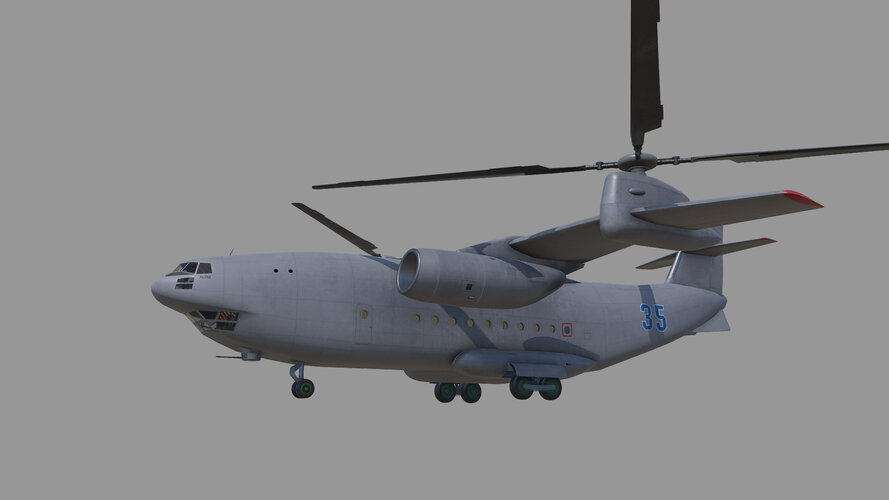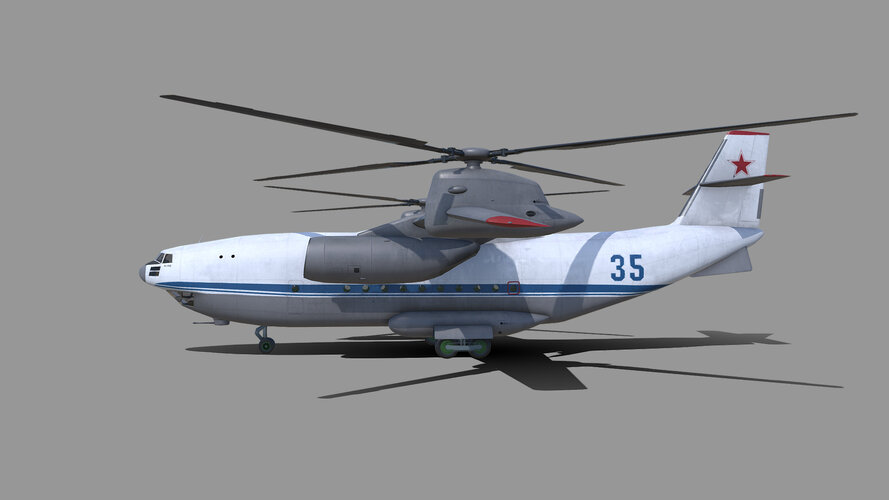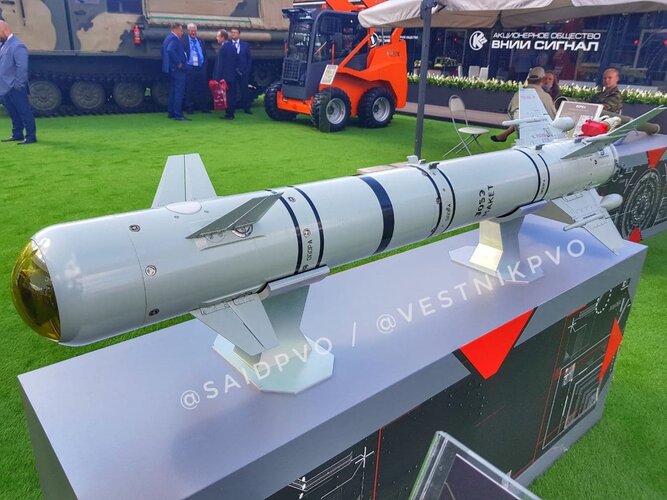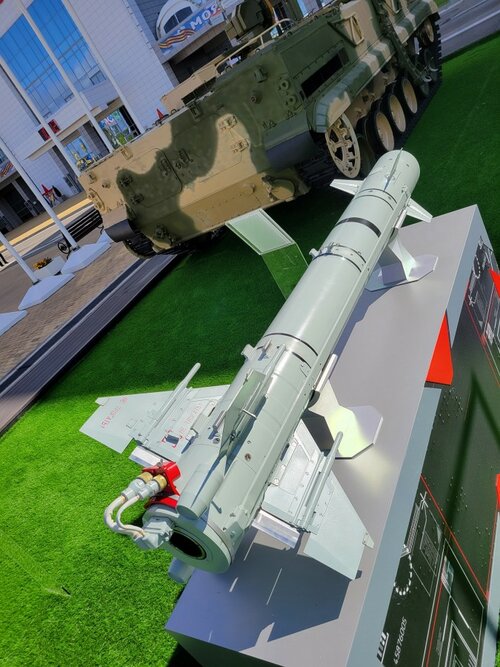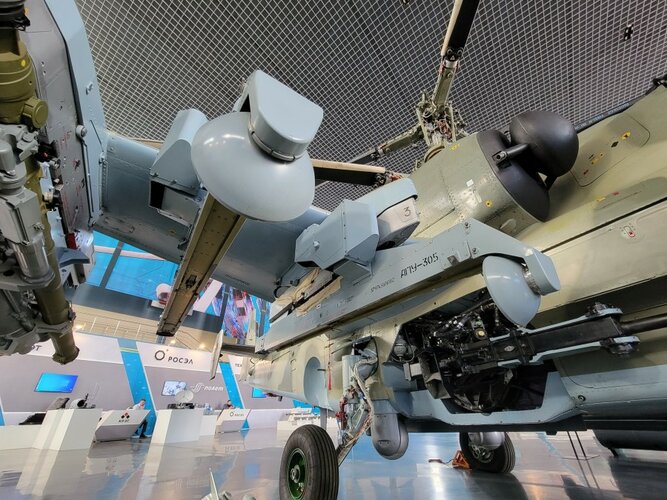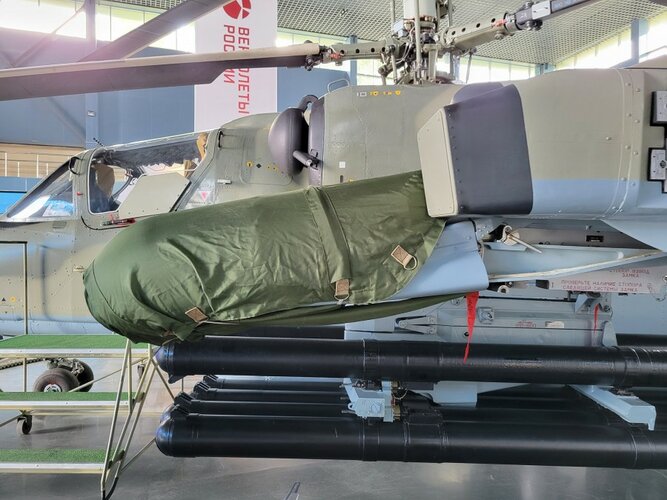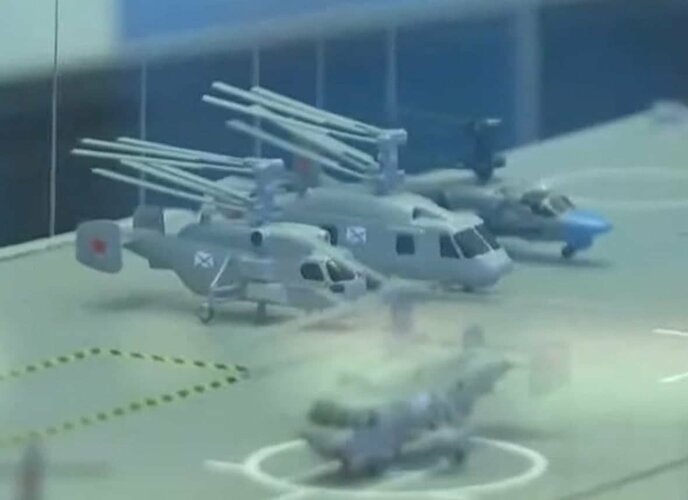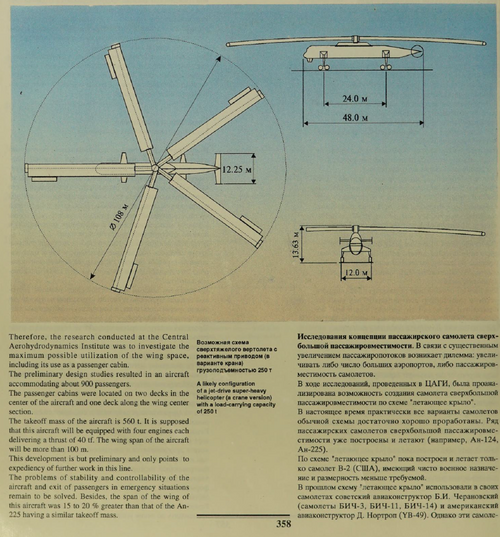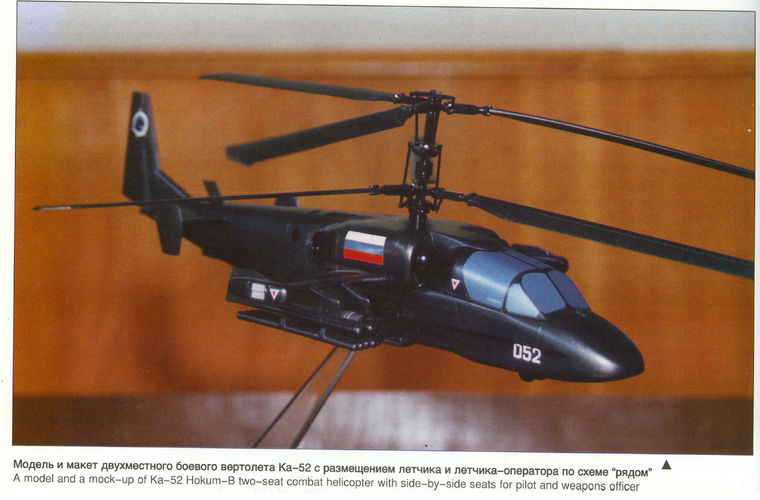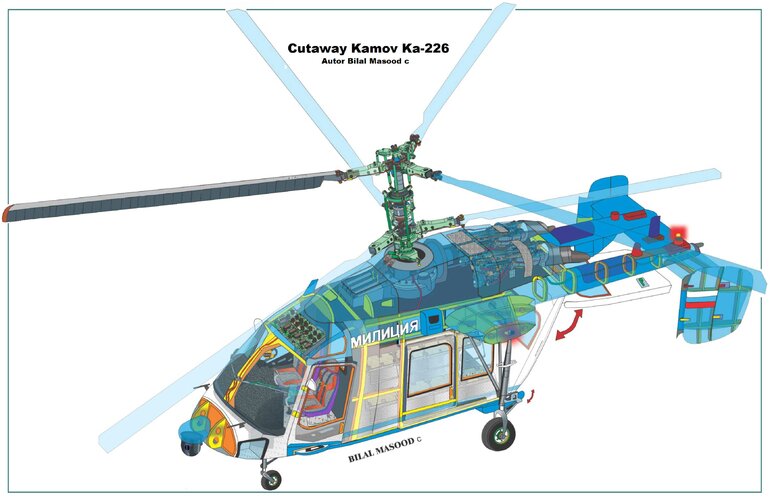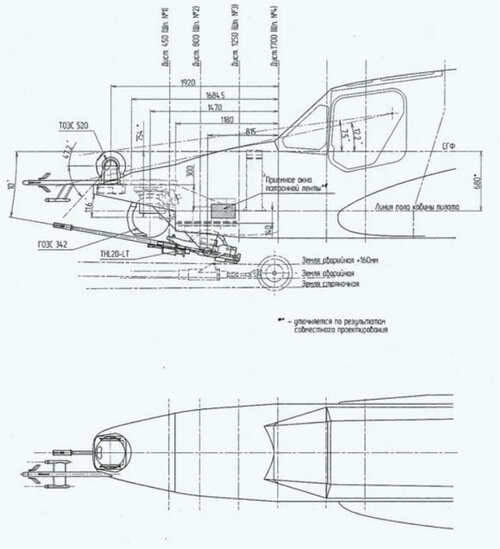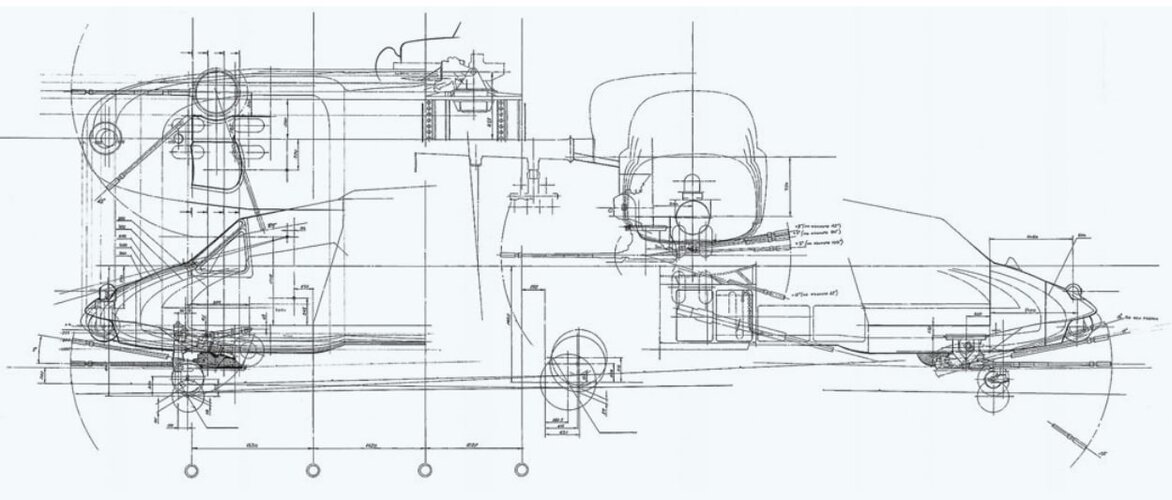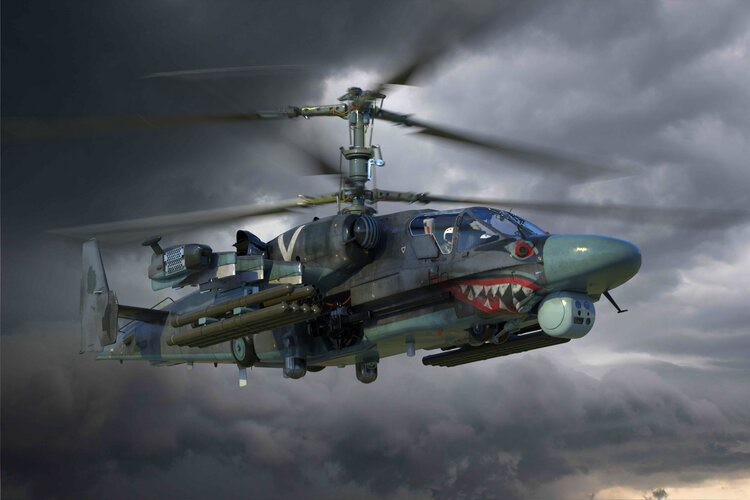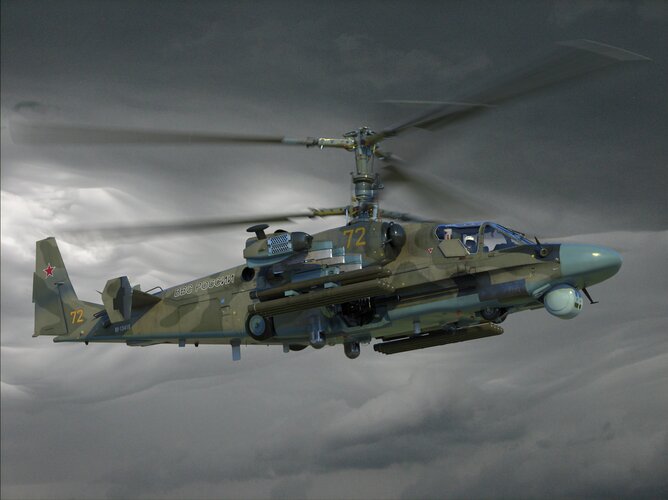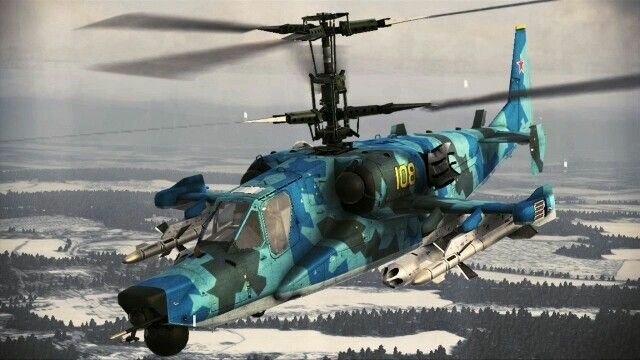- Joined
- 28 January 2008
- Messages
- 635
- Reaction score
- 511
I'm not sure that the K-17 in reply #281 is the same as a Ka-17. The design is very basic and looks like an early design preceding the Ka-10 helcopter. The later Ka-15 is far more advanced than the K-17 illustrated and looks out of sequence. There is no reference to the Ka-17 in the book 'OKB N I Kamov - 1948-1988' (ISBN 5933160016) which also covers early work.
There is a reference, in Russian , at http://alternathistory.com/proekt-mnogotselevogo-vertoleta-ka-17-sssr/ which refers to a Ka-17, but this a more sophisticated design and fits in with developments gained from the earlier Ka-10 and Ka-15.
Be warned, I think some browsers regard the site as 'Not Secure' ( I last accessed it in 2015 ).
There is a reference, in Russian , at http://alternathistory.com/proekt-mnogotselevogo-vertoleta-ka-17-sssr/ which refers to a Ka-17, but this a more sophisticated design and fits in with developments gained from the earlier Ka-10 and Ka-15.
Be warned, I think some browsers regard the site as 'Not Secure' ( I last accessed it in 2015 ).

